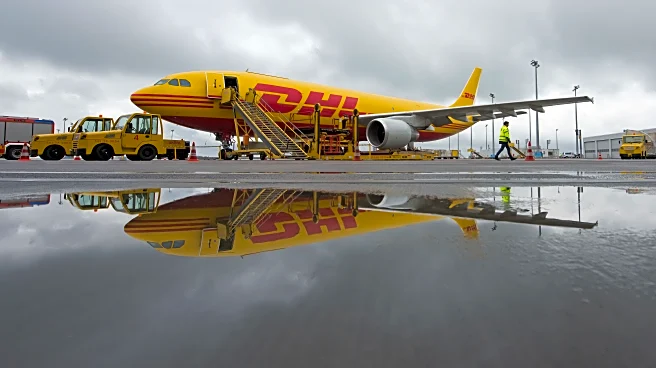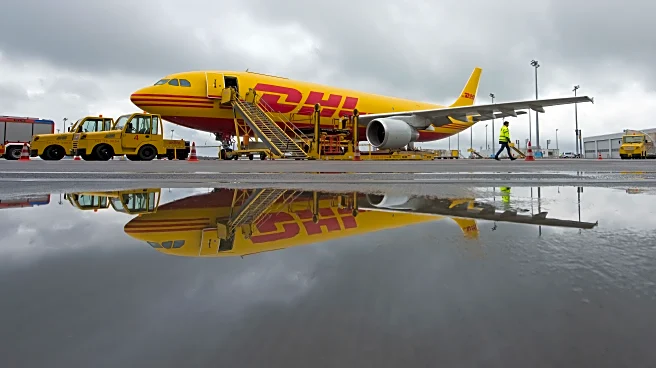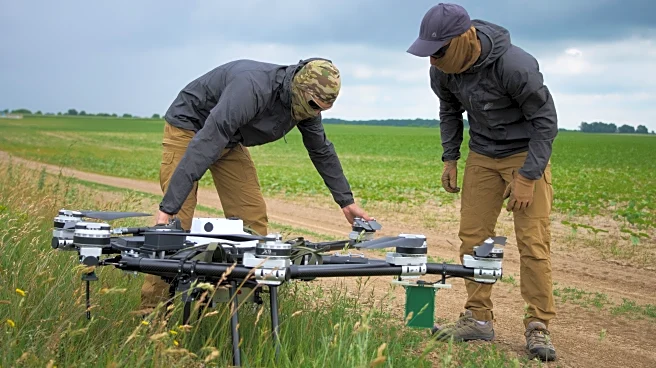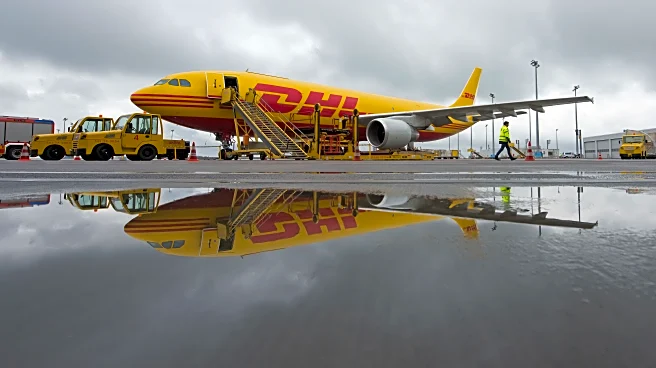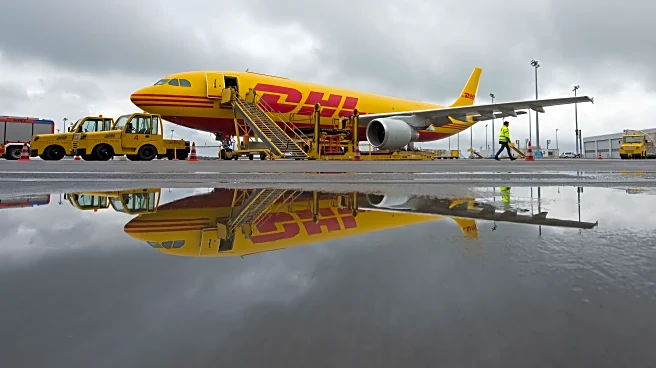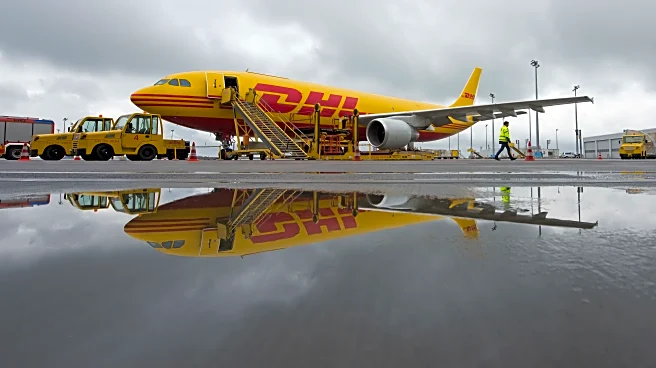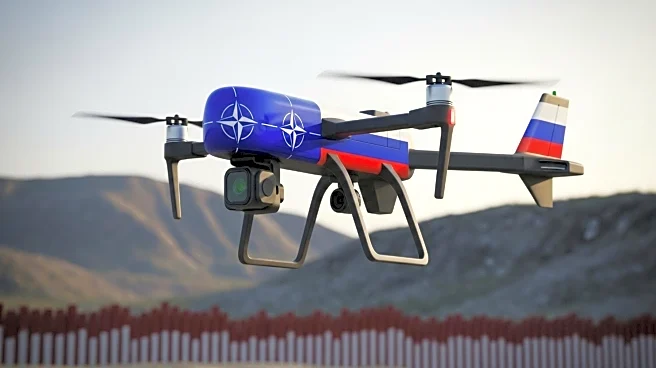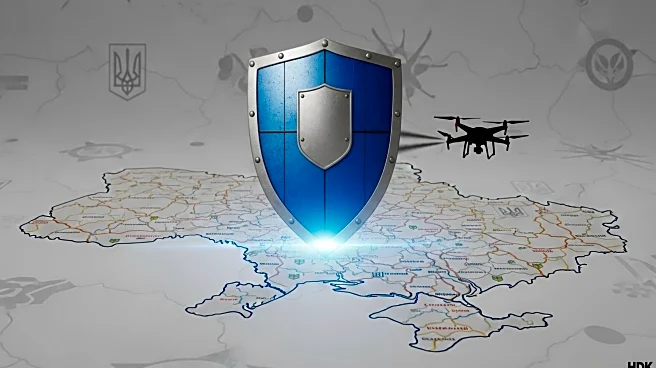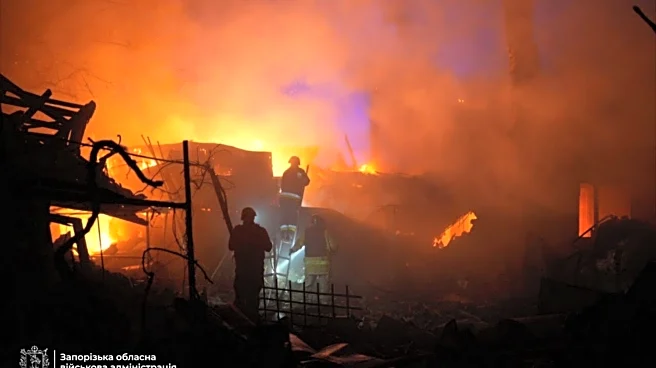What's Happening?
In recent developments, NATO fighter jets were deployed to intercept Russian drones that entered Polish airspace, raising concerns among U.S. and Western intelligence officials. The incident has sparked debate over whether the incursion was accidental or a deliberate attempt by Russia to test NATO's defenses. While some officials lean towards the view that the drones were unintentionally off course due to Ukrainian electronic warfare, others suspect intentional probing by Russia. The drones' flight patterns and technical specifications have been difficult to interpret, leading to mixed assessments. Ukraine and Poland have publicly stated their belief that the incursion was deliberate, a sentiment echoed by several European nations. However, within NATO, there is no consensus, with some officials estimating a 50-50 chance of intentional entry into NATO airspace.
Why It's Important?
The incident underscores the growing risk of escalation between Russia and NATO, as the Kremlin appears increasingly willing to engage in provocative actions. If the incursion was intentional, it could be part of a strategy to test Western defenses, map weapon routes, and potentially create divisions in public support for the war in Ukraine. Even if unintentional, the episode highlights Russia's increased risk tolerance, which could lead to dangerous miscalculations and potential conflict. The situation places NATO in a challenging position, needing to respond to unprecedented actions without clear intelligence on Russia's intentions. The incident also raises concerns about the allocation of military resources, with Ukraine fearing that support might be redirected to NATO allies.
What's Next?
NATO and its member countries are likely to continue assessing the situation to determine appropriate responses. The incident may prompt discussions on enhancing air defense systems and strategies to prevent future incursions. Ukraine is expected to continue advocating for increased military support, particularly air defense systems, to counter Russian aerial threats. The ongoing analysis of the drones' flight patterns and technical data will be crucial in forming a consensus on Russia's intentions. Additionally, diplomatic efforts may be intensified to address the broader implications of Russia's actions and to reinforce NATO's collective defense posture.
Beyond the Headlines
The incident highlights the complexities of modern warfare, where electronic warfare and drone technology play significant roles. It also reflects the challenges in interpreting actions that may be designed to appear accidental, complicating diplomatic and military responses. The situation underscores the importance of intelligence sharing and collaboration among NATO allies to effectively address emerging threats. Furthermore, the episode may influence public opinion and policy decisions regarding military engagement and support for Ukraine, as nations weigh the risks of direct confrontation with Russia.

